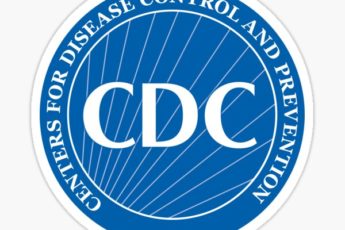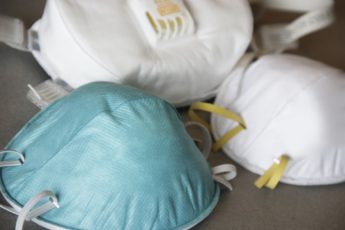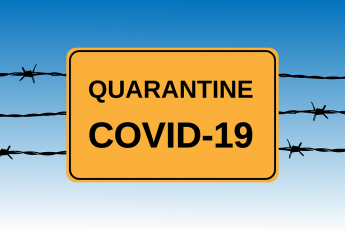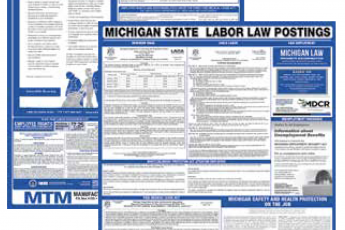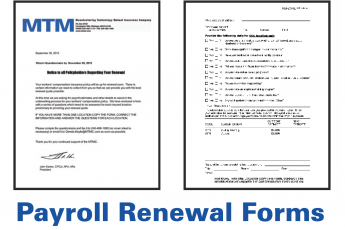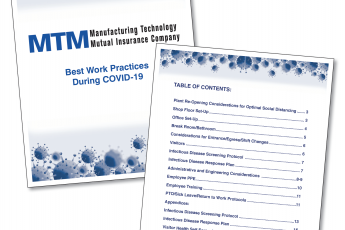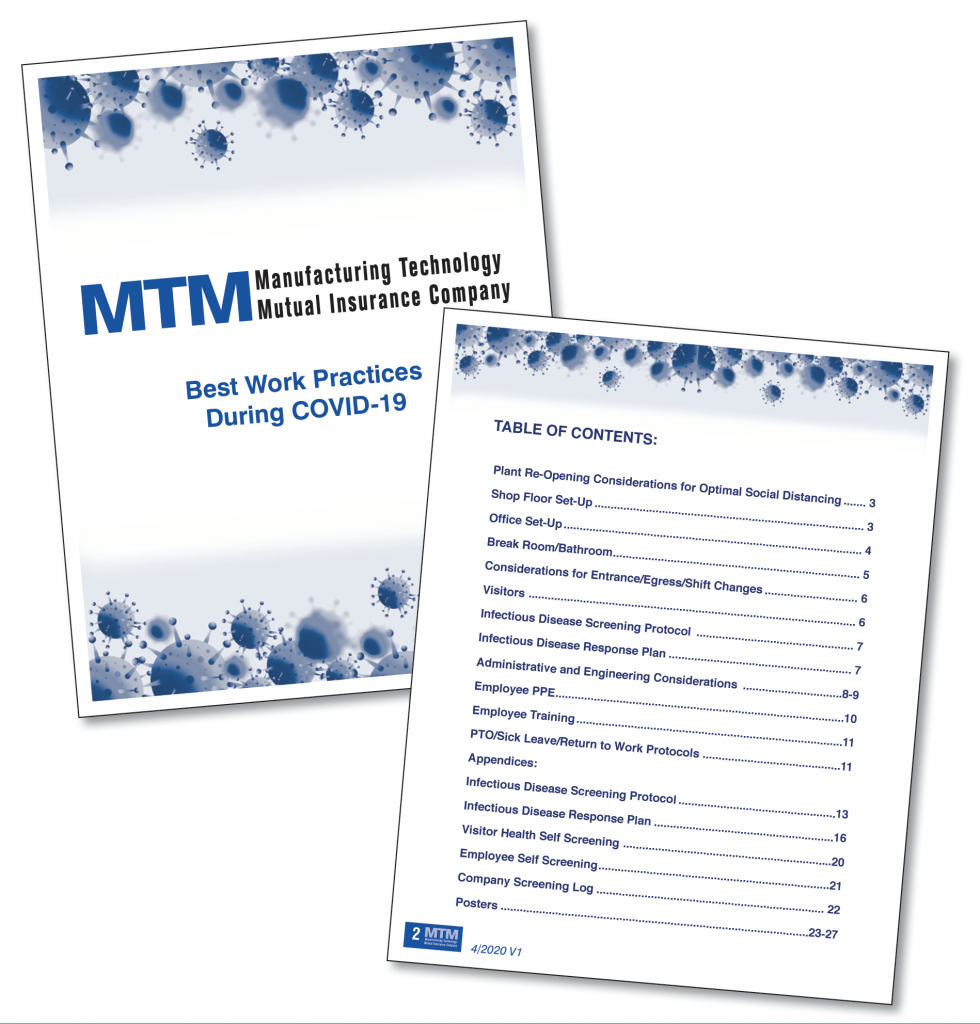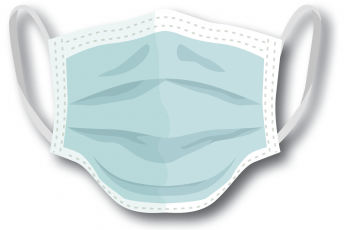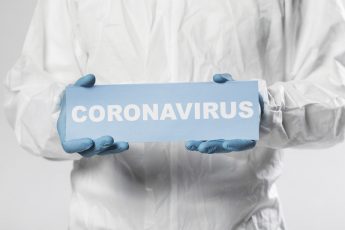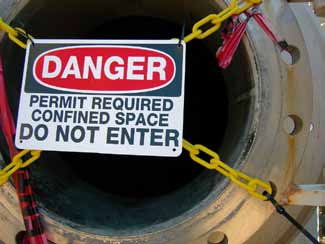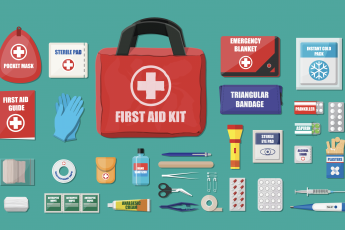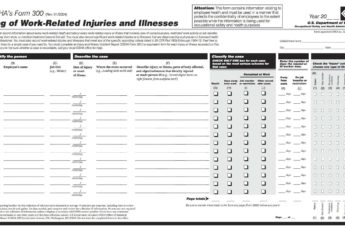By Donna Motlet, Vice President of Claims
It is a New Year! It seems some things change and some things remain the same, almost as if we are in some sort of time warp!
What’s new?
- For the year 2022 the new maximum weekly Workers’ Compensation benefit rate is $1,048.00. The State bases this rate on a State Average Weekly Wage of $1,163.79. Compare the Workers’ Compensation maximum which is “non-taxable” to the State Unemployment weekly maximum benefit that IS TAXABLE, $362.00. Obviously, the Workers’ Compensation weekly benefit is determined by averaging the highest 39 of 52 gross weekly wages, pre-dating the date of injury. The maximum Workers’ Compensation weekly benefit rate for 2021 was $975.00.
- The new mileage rate paid for 2022 covering mileage to and from medical appointments is $.585. The mileage rate paid for 2021 was $.56.
- In December 2021 one of the appointed Workers’ Compensation Court Magistrates “quit”. The State’s Governor appoints the Workers’ Compensation Court Magistrates. A replacement Magistrate was appointed with an expiring term of January 26, 2023. Effective January 26, 2023, 7 of the 14 currently appointed Magistrates have a term expiration. The remaining 7 Magistrates remain through January 26, 2025. There is a gubernatorial election in November 2022. It would appear that the “incoming” governor would be responsible for the new Magistrate appointments.
- Michigan Workers’ Compensation Plaintiff Attorneys got a pay increase. Their fee has been calculated at 15% of the first $25,000 (settlement), then 10% of the settlement balance. Their fee is now calculated at 20% of the first $100,000 (settlement), then 15% of the settlement balance.
- Michigan Workers’ Compensation Courts are open but will still conduct business via Zoom and Affidavits on a case by case basis.
- Per the Michigan Workers’ Compensation Act, wage loss benefits can be coordinated with Unemployment Benefits, with Workers’ Compensation taking a 100% credit of the Unemployment Benefits paid. During COVID, workers alleging work related disability were allowed to receive both State and Federal (Unemployment) benefits. Attorneys representing injured workers are diligently attempting to have orders passed eliminating Workers’ Compensation coordinating with Federal benefits.
- Multiple platforms continue to push for legislation citing COVID as a work related occupational disease/condition. Said attempts are at both, State and Federal levels, and vary from state to state.
What is not new ?
- Employees continue to diagnose with COVID/Omicron, continue to “test” for COVID/Omicron, allege exposure to COVID requiring the necessity to quarantine. Employers still suffer from a labor shortage, consumer products are experiencing shortages, a significant portion of the workforce continue to work from home, doctor offices limit visitor attendance, physician appointments are being cancelled and rescheduled. Debate continues over vaccination and vaccine mandates. Recreational marijuana is legal. Stress levels remain high. Everyone is anxious for Spring/Summer!
When hiring new employees, please make sure they receive proper training and instruction to perform their job duties. We have seen an increase in serious injuries of recent hire employees. Please stress the importance of NOT taking shortcuts – the results can be serious. Please make sure new employees are familiar with your company policies, procedures and protocols. While a short-cut may seem like a good idea at the time, taking a short cut can create serious long-term issues. Employers must also keep MIOSHA regulations in mind at all times.




